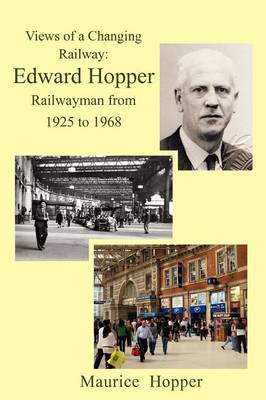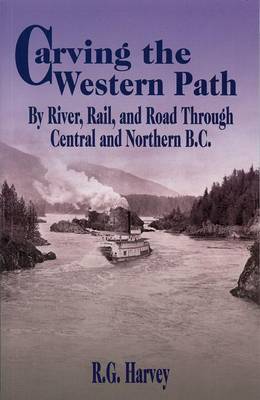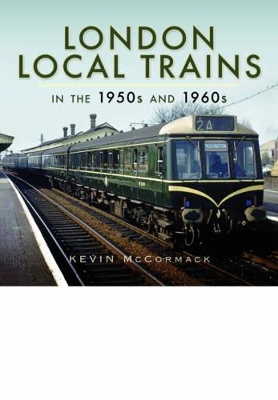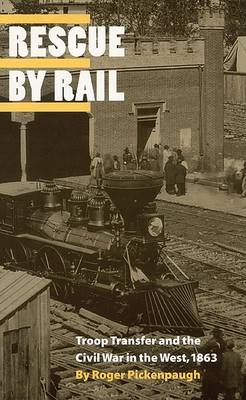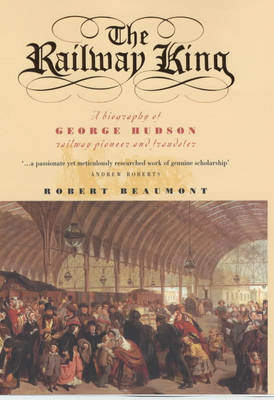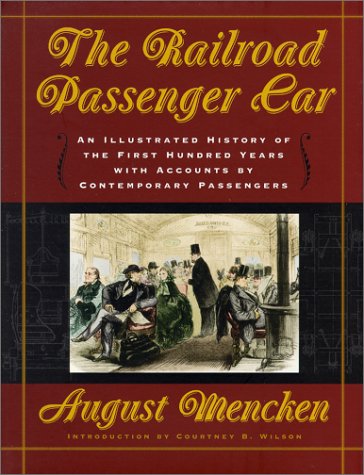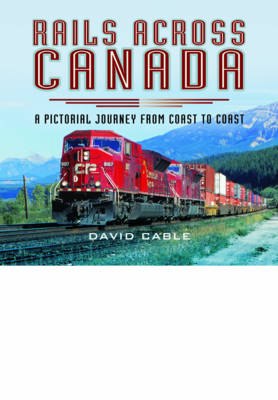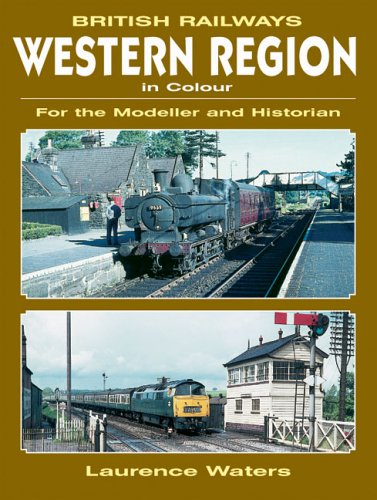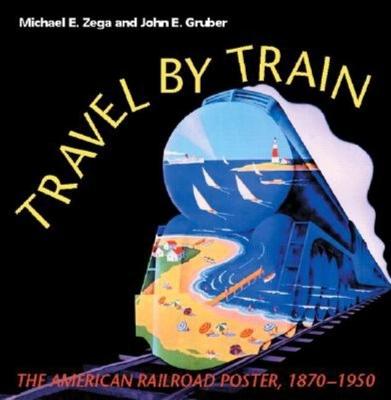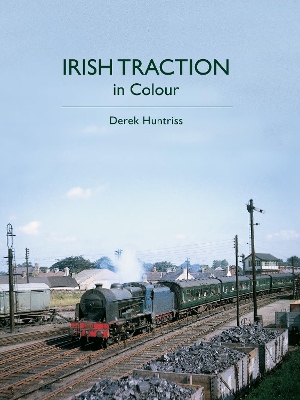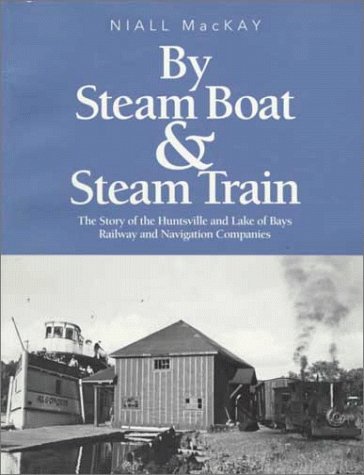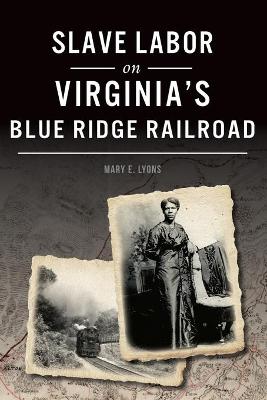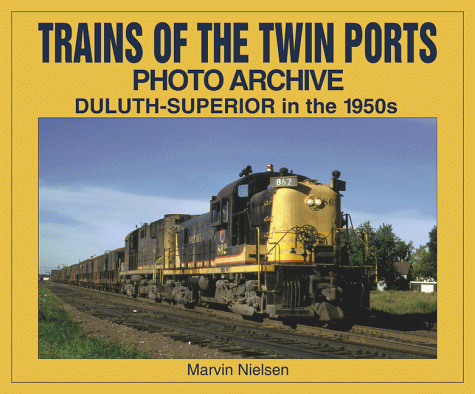Virginian Railway
by Princeton Railroad Museum and William R Archer
The picture below of a Castle class locomotive, since preserved, illustrates Kevin McCormack's first love: the Great Western Railway and the Western Region of British Railways. Living almost all his childhood on the Western in Ealing, it was perhaps inevitable that this was his favourite region, and he came to admire the copper-capped chimneys, brass safety value covers and brass nameplates and cabside number plates of its larger locomotives as well as the tall chimneys and large domes of its ch...
Between 23 and 25 September, 1863 the Eleventh and Twelfth Corps of the Army of the Potomac were sent across the Appalachians to strengthen Union troops in the struggle for supremacy in Eastern Tennessee. The Battle of Chickamauga - a Confederate victory that just missed being a complete Federal rout - had ended, exhausting both armies and leaving Union troops perilously bottled up in Chattanooga. Upon the prodding of newspaperman Charles Dana, who was on the scene, Secretary of War Edwin Stanto...
George Hudson - the eponymous "Railway King" - started his career with a stroke of luck, inheriting #27,000 (a fortune in 1827) from a distant relative. He invested succesfully in the North Midland Railway, then formed his own Midland Railway, raising #5 million and bribing MP's along the way. But from his glory in 1845 he fell into disgrace, admitting corruption and selling land he did not own. He was eventually imprisoned in York Castle and died a broken man in 1871. His story provides an insi...
Railroad travel in the 19th century was often dangerous, dirty and uncomfortable, yet most of the inventions associated with a later era - from sleeping cars to air conditioning - had already made their appearance. This text explores the contraditions of this key period in railroad history. Drawing on a wide assortment of materials, including drawings from the US Patent Office, first-hand accounts of contemporary passengers, and his own experience as a young civil engineer active in railroad con...
The railways of Canada, like the network in the U S A, have a fascination to many people, both in North America and those who live elsewhere. The origins of the Canadian network are somewhat different to that of the U S A, in that it was originally largely projected and funded from Britain, as part of the British Empire. The two major networks being The Canadian National and The Canadian Pacific, both of which operated large networks across the whole of the country. In addition to rail operat...
Between 1870 and 1950, America's railroads produced a body of poster work significant both for the artists involved and for the range of images created. The railroads used this visual medium from their founding, first in the form of broadsides, dominated by text and intended to convey practical information, and then, during the 1890s, as vivid lithographed display posters. For the next 50 years, American railroads commissioned posters designed to spur the popular imagination and thereby encourag...
-- Presents an examination of Nazi government and military trains and their crucial importance to the Third Reich-- Illustrated with 350 rare photographs from the German archivesTrains were not only an important means of transportation for Nazi leaders in peace and war, but also the locus from which they conducted a significant part of their diplomatic efforts and military campaigns. The Nazis spent lavishly on state-of-the-art trains to serve as mobile command centers and high-security transpor...
The Railways of Burgundy (The Railways of Burgundy, #1)
by Patrick Bennett
A great little book about romantic holiday steamers and the small train that linked them.
Automation of Soviet Railroads
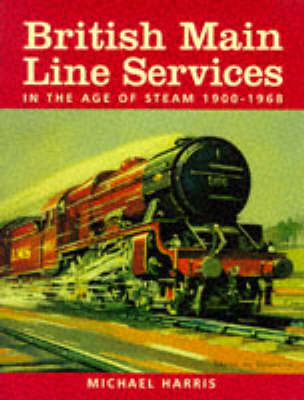
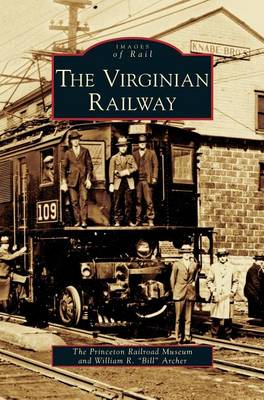
![Cover of Locomotive Dictionary (1906) [Tentative]](https://static.bookhype.com/assets/images/book-cover-dark.png)
